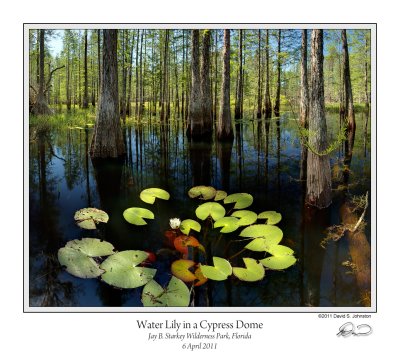ButchA61
Well-known member
Good afternoon,
Earlier today, I stopped at the local camera store in town, and asked about ND filters for my Nikon D3500 DSLR (which I brought with me). The clerk noticed I had the small DX 35mm f/1.8G prime lens on. I explained that it is my favorite, go anywhere, do anything, type of lens. Getting to the point, the clerk got out some 52mm filters, and sold me a Promaster Variable 2-9 stop ND filter.
I quickly ventured over to one of the public parks with one of those water fountains in a small pond. I setup my tripod on the wooden overlook/fishing pier, and focused squarely on the fountain at a shutter speed of 1/2 second, and very very carefully and steadily pressed the shutter button.
What do you think for a very first attempt at blurring a fountain with an ND filter? How dark can I go and/or how slow a shutter can I go?
Earlier today, I stopped at the local camera store in town, and asked about ND filters for my Nikon D3500 DSLR (which I brought with me). The clerk noticed I had the small DX 35mm f/1.8G prime lens on. I explained that it is my favorite, go anywhere, do anything, type of lens. Getting to the point, the clerk got out some 52mm filters, and sold me a Promaster Variable 2-9 stop ND filter.
I quickly ventured over to one of the public parks with one of those water fountains in a small pond. I setup my tripod on the wooden overlook/fishing pier, and focused squarely on the fountain at a shutter speed of 1/2 second, and very very carefully and steadily pressed the shutter button.
What do you think for a very first attempt at blurring a fountain with an ND filter? How dark can I go and/or how slow a shutter can I go?









